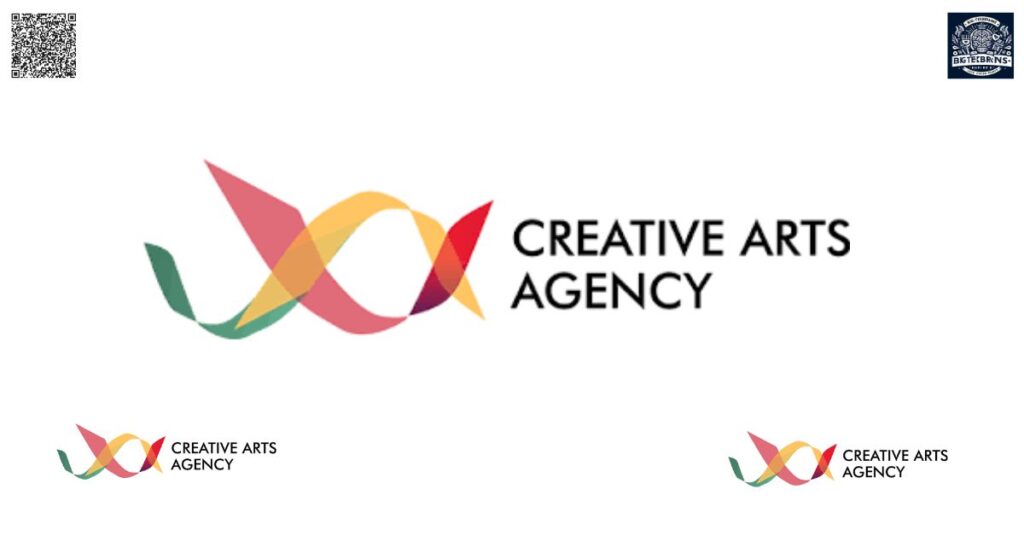Excerpt
The Creative Arts Agency (CAA) stands as a pivotal institution in Ghana, dedicated to the development and management of the nation’s vibrant creative arts industry. Established through the Creative Arts Industry Act, 2020 (Act 1048), the CAA provides the essential institutional framework to nurture and regulate the diverse artistic expressions that define Ghana’s rich cultural heritage.
Historical Background
Recognizing the immense potential of the creative arts sector as a driver of economic growth and cultural preservation, the Parliament of Ghana enacted the Creative Arts Industry Act, 2020 (Act 1048). This legislative milestone led to the formation of the Creative Arts Agency, tasked with the overarching responsibility of overseeing and promoting the creative arts industry within the country. The Act was assented to on December 29, 2020, marking a significant commitment by the government to institutionalize support for the arts.
Constitutional Role and Mandate
The CAA’s mandate is comprehensive, focusing on several key objectives:
Regulation and Standardization:
- The Agency is empowered to prescribe standards for the regulation of the creative arts industry, ensuring that artistic expressions align with national values and international best practices.
Support and Development:
- Creating an enabling environment through direct and indirect support for arts education, artists, creative arts practitioners, and organizations is central to the CAA’s mission. This includes facilitating access to resources, funding, and training opportunities.
Promotion and Collaboration:
- The Agency promotes collaborations with institutions dedicated to specific domains within the creative arts, both nationally and internationally. This fosters partnerships that enhance the global reach and impact of Ghanaian arts.
Market Access Enhancement:
- Ensuring that creative arts practitioners have improved access to markets is a priority. The CAA works to open domestic and international avenues for artists to showcase and commercialize their work.
Organizational Structure
The governance and operational framework of the CAA are designed to ensure effective oversight and strategic direction:
Governing Board:
- The Agency operates under a Governing Board appointed by the President of Ghana. The Board is chaired by the Minister of Tourism, Arts, and Culture, reflecting the integrated approach to cultural promotion and tourism.
Executive Secretary:
- Serving as the chief executive officer, the Executive Secretary is responsible for the day-to-day management and implementation of the Agency’s policies and programs.
Departments and Units:
- The CAA comprises various departments focusing on areas such as arts education, industry regulation, international relations, and market development, each led by experienced professionals committed to advancing the Agency’s mission.
Leadership and Ranks
The leadership hierarchy within the CAA is structured to facilitate efficient decision-making and operational excellence:
Minister of Tourism, Arts, and Culture:
- As the chairperson of the Governing Board, the Minister provides strategic oversight and ensures alignment with national cultural policies.
Executive Secretary:
- Appointed by the President, the Executive Secretary leads the Agency’s executive functions, overseeing program implementation and stakeholder engagement.
Deputy Executive Secretary:
- Assisting the Executive Secretary, this role involves managing specific portfolios and ensuring cohesive execution of the Agency’s initiatives.
Department Heads:
- Each department within the CAA is led by a head responsible for specialized areas such as regulation, education, and international partnerships.
Mode of Appointment and Recruitment
Appointments to the Governing Board are made by the President of Ghana, following consultations with relevant stakeholders to ensure a diverse and representative leadership. The Executive Secretary and other key positions are also presidential appointments, underscoring the importance of the Agency’s roles. Recruitment for other positions within the CAA is conducted through transparent and merit-based processes, with public advertisements inviting qualified candidates to apply.
Collaborative Offices and Units
The CAA works in close collaboration with several governmental and non-governmental organizations to fulfill its mandate:
Ministry of Tourism, Arts, and Culture:
- As the parent ministry, it provides policy direction and oversight, ensuring that the Agency’s activities align with national cultural objectives.
National Commission on Culture (NCC):
- Collaborating on initiatives that preserve and promote Ghanaian cultural heritage, the NCC and CAA work together to integrate traditional arts into contemporary expressions.
Ghana Tourism Authority (GTA):
- Joint efforts with the GTA aim to leverage the creative arts as a tool for tourism promotion, showcasing Ghana’s artistic talents to the world.
International Partners:
- The CAA engages with global arts organizations to foster cultural exchange programs, capacity-building workshops, and international exhibitions, enhancing the global presence of Ghanaian arts.
Constitutional Reforms
The establishment of the CAA through Act 1048 represents a significant constitutional reform aimed at institutionalizing support for the creative arts. This Act provides a legal framework that empowers the Agency to regulate, develop, and promote the industry effectively. It also facilitates the creation of policies and standards that guide the growth of the arts in Ghana.
Achievements
Since its inception, the Creative Arts Agency has made notable strides in advancing Ghana’s creative sector:
Staff Recruitment:
- In December 2024, the Agency expanded its team by recruiting thirteen new employees, strengthening its capacity to deliver on its mandate.
Policy Development:
- The CAA has been instrumental in formulating policies that provide clear guidelines and support mechanisms for artists and creative practitioners across the country.
References
- https://ir.parliament.gh/bitstream/handle/123456789/1793/creative%20arts%20industry%20act%2C%202020%20%28act%201048%29.pdf
- https://www.motac.gov.gh/creative-arts-agency-caa/
- https://www.theghanareport.com/creative-industry-bill-passage-good-news-but/
- https://www.myjoyonline.com/13-newly-recruited-staff-posted-to-creative-arts-agency/
- https://www.myjoyonline.com/abla-dzifa-gomashie-vows-to-pay-critical-attention-to-creative-arts-agency/
- https://www.theghanareport.com/10-things-mahama-must-do-for-the-creative-industry-in-his-first-year/
- https://www.motac.gov.gh/agencies/
- https://www.ghanacultureforum.org/en/impact/latest-news/who-leads-creative-arts-agency
- https://www.govserv.org/GH/Accra/1698482270238570/Creative-Arts-Agency%2C-Ghana
- https://ghanalawfinder.com/wp-content/uploads/2023/06/Creative-Arts-Industry-Act2020-Act-1048.pdf

